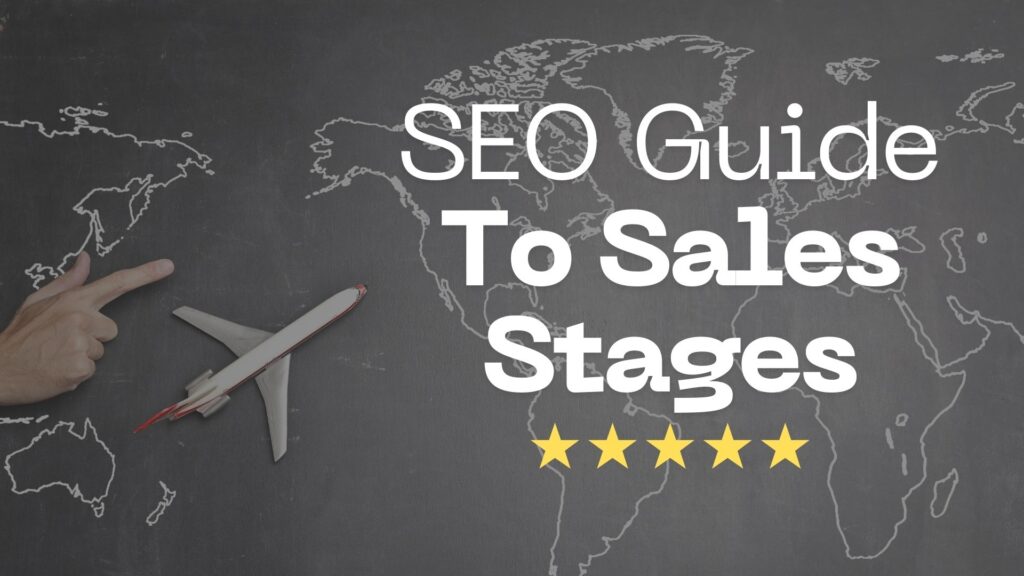
Intro
In today’s digital-first world, simply having a website is not enough to stand out. With millions of websites competing for attention, how do you ensure that yours gets noticed by the right audience? The answer lies in Search Engine Optimization (SEO)—a powerful tool that helps websites rank higher on search engines like Google, attract more visitors, and convert them into loyal customers.
Whether you’re a small business owner, a blogger, or an e-commerce entrepreneur, understanding and implementing SEO can be the game-changer that takes your online presence to the next level. But SEO isn’t just about stuffing your content with keywords—it’s a strategic process that combines creativity, technical know-how, and data-driven insights.
In this comprehensive guide, we’ll explore everything you need to know about SEO, from its origins and importance to actionable tips for improving your website’s performance. We’ll break down complex concepts like on-page and off-page SEO, explain why backlinks are crucial, and discuss how modern trends like local SEO and SEM integration can supercharge your efforts.
What is Search Engine Optimization

Search Engine Optimization (SEO) is the practice of enhancing your website’s visibility on search engine results pages (SERPs) to attract organic (unpaid) traffic. Think of search engines like Google as librarians of the internet. They scan billions of web pages and present the most relevant and high-quality results for a user’s query. SEO ensures that your website stands out among the competition by meeting these criteria.
At its core, SEO involves three pillars:
- Technical SEO: Ensuring your website is crawlable and indexable.
- On-Page SEO: Optimizing content, keywords, meta tags, and internal links.
- Off-Page SEO: Building backlinks and authority.
For example, if you run a website selling organic skincare products, SEO helps your site rank high when someone searches for “organic skincare.” This visibility drives traffic, builds credibility, and converts visitors into customers. SEO is not just about rankings; it’s about understanding your audience and delivering value.
By investing in SEO, website owners create a sustainable way to attract the right audience, ensuring long-term success in the digital space.
When Did SEO Start

SEO began in the early 1990s when the first search engines like Archie, Gopher, and Yahoo emerged. Back then, websites were ranked solely on basic metrics such as content relevancy and keyword density. The competition was limited, and SEO was relatively straightforward.
The turning point came with the launch of Google in 1998. Google introduced its revolutionary PageRank algorithm, which evaluated the quality and quantity of backlinks to determine a website’s authority. This marked the shift from purely keyword-based rankings to more complex factors like user experience, content quality, and relevance.
Over the years, SEO has evolved significantly. In the early 2000s, techniques like keyword stuffing and link farms were common, but Google’s frequent updates, such as Panda (2011) and Penguin (2012), penalized these practices. Today, SEO emphasizes delivering value to users and aligning with search engine algorithms.
Understanding the history of SEO shows how it has matured from simple tactics to a sophisticated, user-centric practice. For website owners, it highlights the importance of staying updated with trends and evolving strategies.
Why Is SEO Important for a Website

SEO is the foundation of online success for any website. Without it, your site risks being invisible to your target audience. Here’s why SEO matters:
- Increased Visibility: SEO helps your site rank higher in search engine results, making it easier for potential customers to find you.
- Better User Experience: SEO focuses on improving website speed, navigation, and mobile-friendliness, which enhances user satisfaction.
- Cost-Effective Marketing: Unlike paid ads, organic traffic through SEO doesn’t incur direct costs and offers a long-term return on investment.
- Credibility and Trust: High-ranking websites are perceived as more trustworthy by users.
For example, imagine a small bakery that uses SEO to target local customers searching for “fresh bread near me.” By optimizing for local SEO, the bakery can drive more foot traffic and online orders.
SEO is not just about search engines; it’s about understanding your audience and connecting with them meaningfully. For website owners, it’s a powerful tool to outshine competitors and grow sustainably.
What Is the Difference Between On-Page and Off-Page SEO
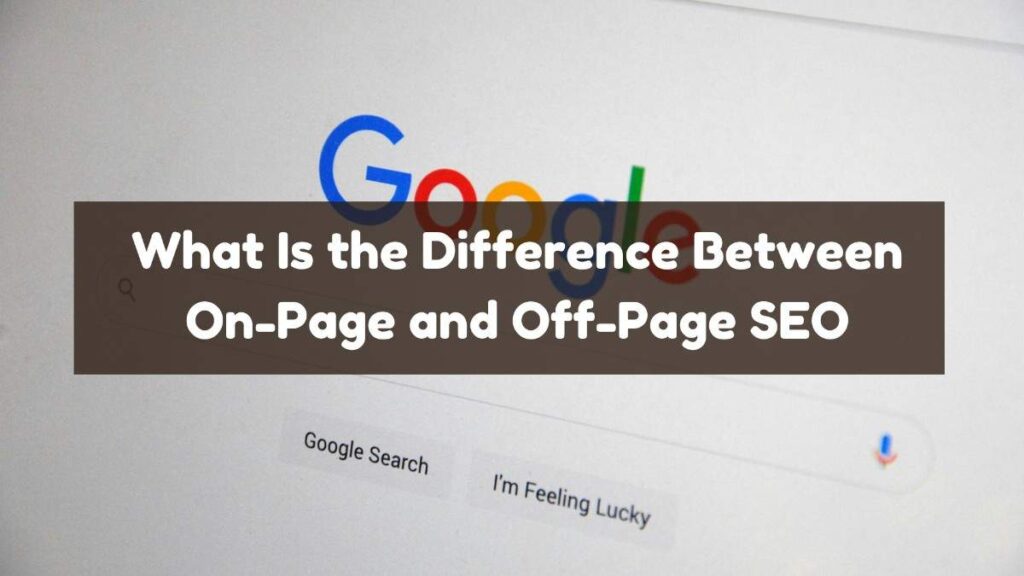
On-page and off-page SEO are two sides of the same coin, working together to improve your site’s visibility.
- On-Page SEO: This focuses on elements within your website. It includes optimizing keywords, creating high-quality content, improving meta tags, using proper headings, and ensuring internal linking. For instance, an e-commerce site selling shoes might use on-page SEO to target keywords like “comfortable running shoes” within product descriptions and blog posts.
- Off-Page SEO: This is about activities outside your website that boost its reputation. The primary focus is on building backlinks—links from other websites to yours. For example, if a fashion blogger links to your shoe store, it improves your credibility and ranking.
In short, on-page SEO enhances what users see and interact with on your site, while off-page SEO builds your authority and trustworthiness across the web. Both are essential for a holistic SEO strategy.
What Is On-Page SEO
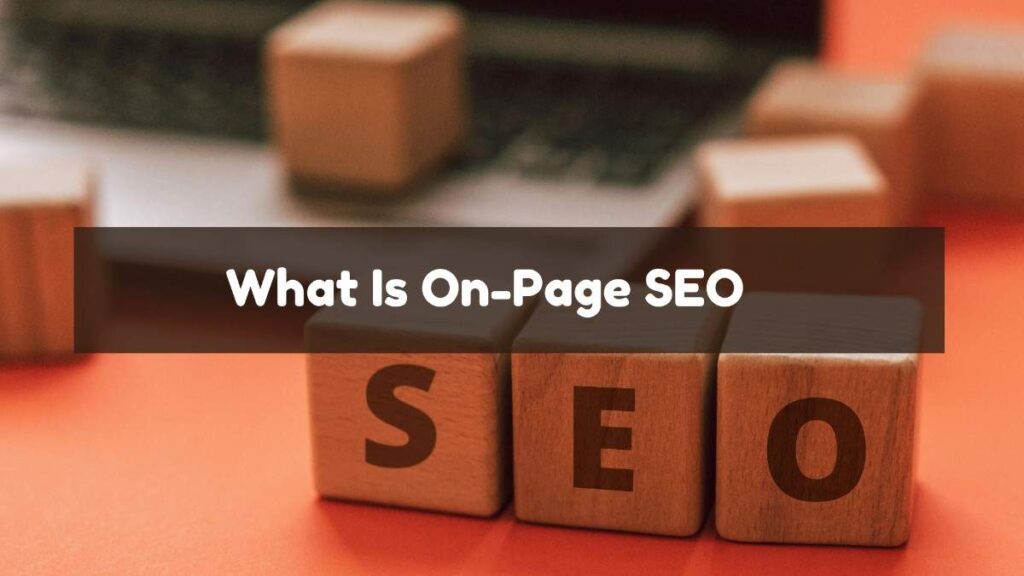
On-page SEO refers to optimizing the elements directly within your website to improve search engine rankings and provide a better user experience. Key components include:
- Keyword Research: Identifying the terms your audience searches for.
- Content Optimization: Writing engaging, valuable, and keyword-rich content.
- Meta Tags: Crafting compelling title tags and descriptions.
- URL Structure: Creating clean, descriptive URLs like www.yourdomain.com/organic-skincare.
- Image Optimization: Using alt text and compressing images to enhance site speed.
- Internal Linking: Connecting related pages within your site.
For example, a blog post titled “10 Tips for Glowing Skin” might include the keyword “glowing skin tips” in the title, headings, and body text while linking to related articles or product pages.
On-page SEO ensures that search engines understand your content, making it easier to match it with relevant searches. It’s also about improving user engagement, which indirectly boosts rankings.
What Is Off-Page SEO
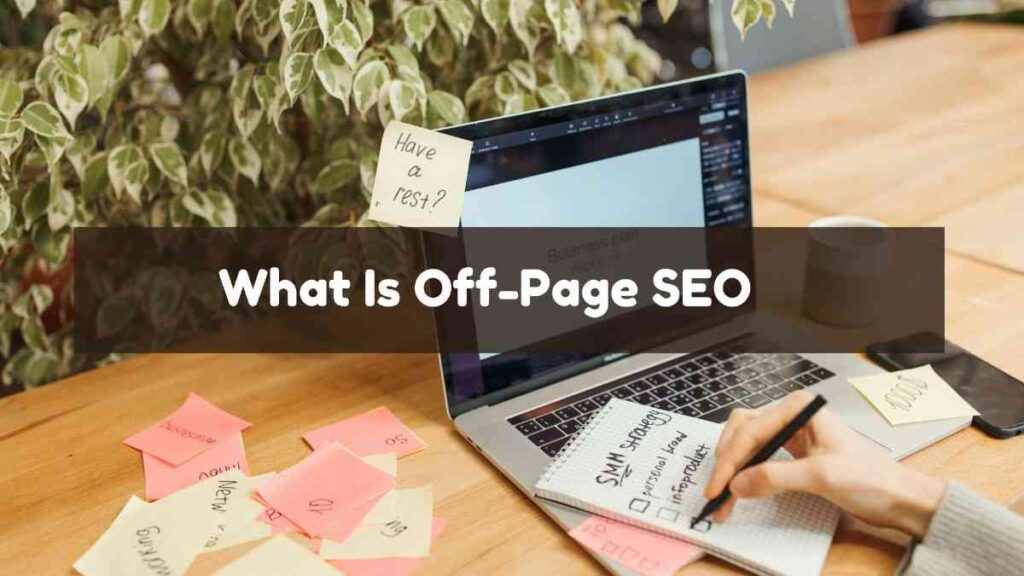
Off-page SEO focuses on building your website’s reputation and authority through activities outside your site. It signals to search engines that your site is valuable and trustworthy. Key off-page SEO techniques include:
- Backlink Building: Earning links from reputable websites.
- Social Signals: Gaining shares, mentions, and engagement on social platforms.
- Brand Mentions: Being referenced on other websites, even without direct links.
For instance, if your bakery’s blog is featured on a popular food blog with a backlink, it improves your authority and attracts referral traffic.
Off-page SEO is like word-of-mouth marketing. The more reputable websites link to you, the more search engines trust your site, leading to higher rankings.
What Is a Backlink in SEO

A backlink is a link from one website to another. It’s like a vote of confidence or endorsement, signaling to search engines that your site is trustworthy and contains valuable content. Backlinks are also known as “inbound links” or “incoming links.”
Types of Backlinks:
- Do-Follow Backlinks: These pass authority (link juice) to your website, helping improve your ranking.
- No-Follow Backlinks: These don’t pass authority but can still drive traffic and improve visibility.
Importance of Context:
A backlink from a site in your niche (e.g., a fitness blog linking to your gym website) is more valuable than one from an unrelated source. Quality over quantity is the rule when it comes to backlinks.
In essence, backlinks are essential because they help build your domain authority, increase traffic, and signal to search engines that your content is relevant and valuable.
Why Are Backlinks Important in SEO
Backlinks are among the top-ranking factors for search engines. They act as a “trust signal,” indicating that other websites find your content credible and worth referencing.
Here’s Why Backlinks Matter:
- Improve Rankings: Websites with more high-quality backlinks tend to rank higher on search engines.
- Drive Referral Traffic: Backlinks bring in traffic from other websites.
- Build Domain Authority: Consistent quality backlinks increase your site’s authority, making it easier to rank for competitive keywords.
Example of Backlink Impact:
Imagine two websites selling handmade jewelry. One has backlinks from renowned fashion blogs, while the other has none. The site with quality backlinks will rank higher, attract more traffic, and gain better visibility.
However, not all backlinks are beneficial. Links from spammy or irrelevant sites can lead to penalties. Building backlinks should focus on quality, relevance, and diversity.
How To Increase Quality Backlinks in SEO
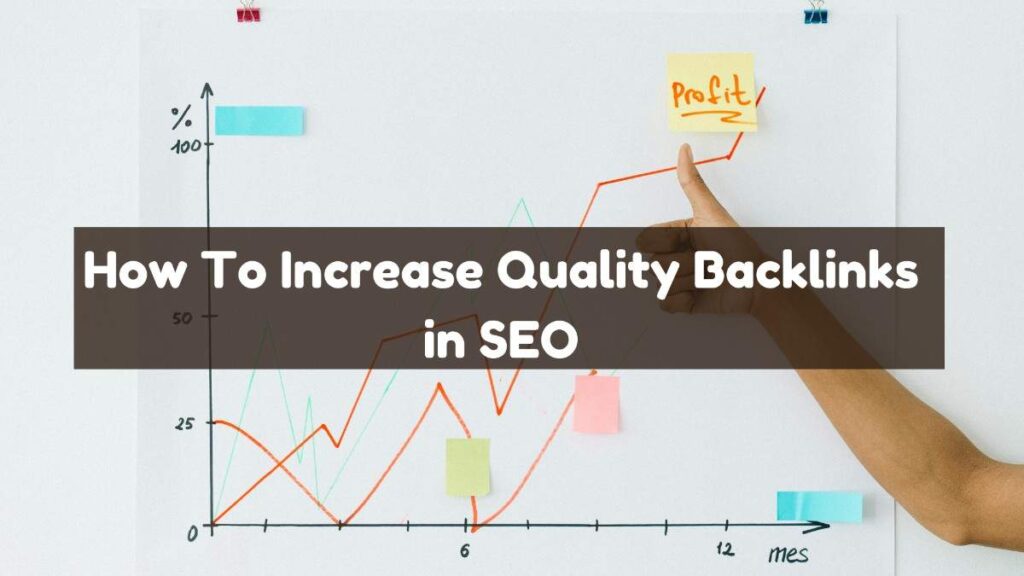
Earning quality backlinks requires strategy and effort. Here are proven ways to build backlinks:
- Create High-Value Content: Publish content that provides actionable insights, unique data, or exceptional value. Infographics, case studies, and guides are great examples.
- Guest Blogging: Write articles for reputable websites in your niche and include a link back to your site.
- Broken Link Building: Find broken links on other websites and suggest your content as a replacement.
- Collaborate with Influencers: Partner with influencers who can feature your site on their blogs or social media.
- Directories and Forums: Submit your website to trusted directories or participate in forums where your expertise is relevant.
Example:
A digital marketing agency could write a blog post titled “Top SEO Trends for 2024” and share it with a marketing publication, earning a backlink in the process.
Building quality backlinks takes time but pays off with better rankings, increased traffic, and improved authority.
What Is Local SEO
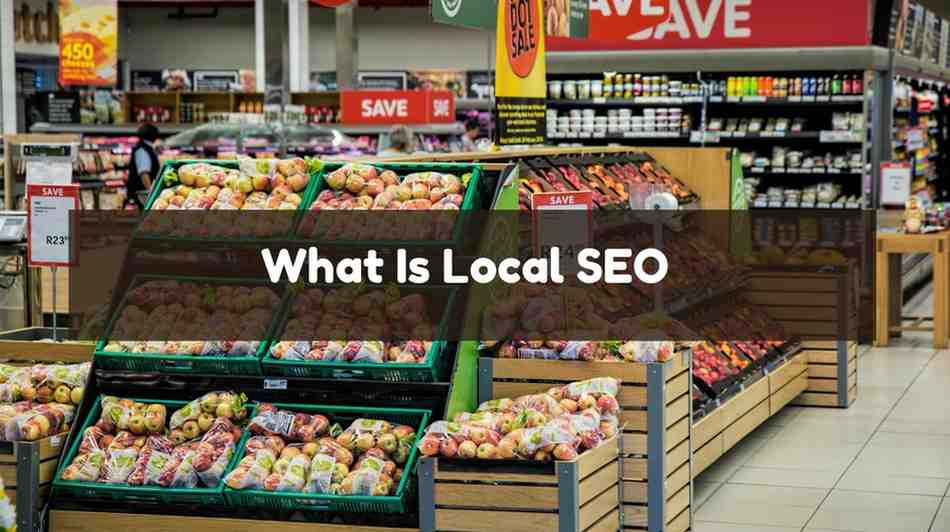
Local SEO is a strategy that optimizes your website to attract customers from specific geographical locations. It’s particularly essential for businesses with physical locations or those serving specific areas.
Key Components of Local SEO:
- Google My Business (GMB): Create and optimize your GMB profile to appear in local search results.
- Local Keywords: Use phrases like “best coffee shop in Miami” in your content.
- NAP Consistency: Ensure your Name, Address, and Phone number are consistent across all platforms.
- Local Citations: Get listed in local directories like Yelp or TripAdvisor.
- Customer Reviews: Encourage positive reviews to boost your credibility.
Example of Local SEO in Action:
If someone searches for “emergency plumber near me,” Google will show results based on proximity, reviews, and relevance. A plumber with a well-optimized GMB profile and local keywords will rank higher.
Local SEO is vital for small businesses aiming to dominate their local markets and connect with nearby customers.
How To Improve the SEO Ranking of a Website
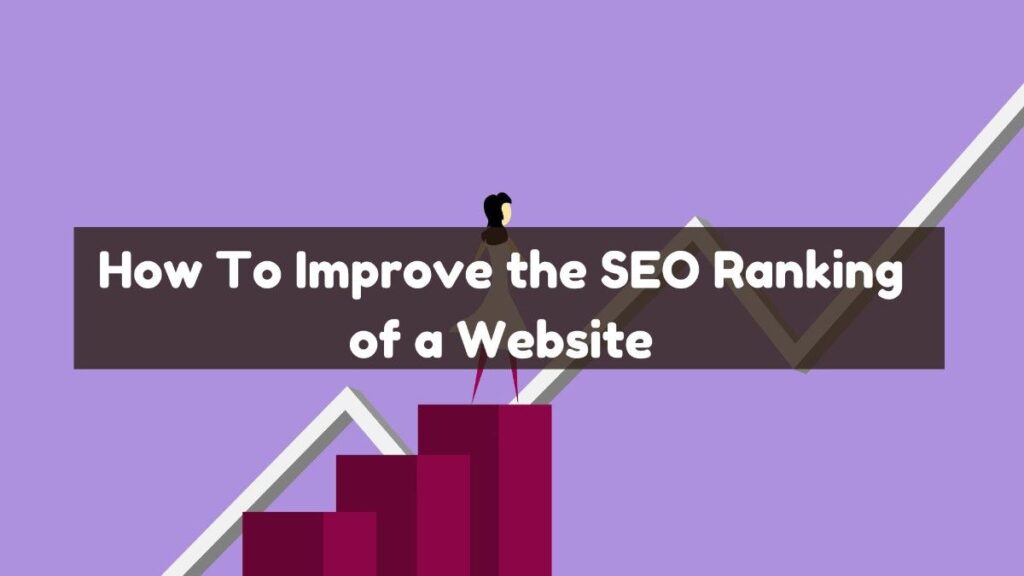
Improving your website’s SEO ranking involves a combination of technical, on-page, and off-page strategies. Here’s how you can do it:
- Optimize Content: Write engaging, keyword-rich content that addresses your audience’s needs.
- Fix Technical Issues: Ensure your site is mobile-friendly, has fast loading times, and uses an SSL certificate.
- Build High-Quality Backlinks: Focus on earning links from authoritative and relevant websites.
- Enhance User Experience: Make navigation intuitive and improve site speed.
- Utilize Analytics: Use tools like Google Analytics and Search Console to monitor and improve your performance.
SEO improvements require consistent effort, but the rewards in visibility and conversions make it worthwhile.
Which Are the Best SEO Tools for a Beginner
For beginners diving into SEO, tools simplify complex tasks. Here are some user-friendly options:
- Google Keyword Planner: Helps you find relevant keywords and analyze their search volume.
- Yoast SEO: A WordPress plugin for optimizing content, meta tags, and readability.
- Google Analytics: Tracks traffic, user behavior, and site performance.
- Ubersuggest: Offers keyword ideas, domain analysis, and backlink data.
- SEMRush: Comprehensive tool for competitor analysis, keyword research, and tracking rankings.
- Moz: Ideal for checking domain authority and monitoring backlinks.
Example:
A small e-commerce store owner might use Ubersuggest to identify keywords like “trendy summer dresses” and then optimize their product pages accordingly.
These tools are beginner-friendly and provide insights to kickstart your SEO journey.
How SEO and SEM Work Together

Search Engine Optimization (SEO) and Search Engine Marketing (SEM) are complementary strategies that work together to boost your website’s visibility and traffic. While SEO focuses on organic traffic, SEM involves paid advertising, such as Google Ads.
How They Differ:
- SEO: Enhances your website’s structure, content, and backlinks to rank higher in organic search results.
- SEM: Uses paid campaigns to target specific keywords and demographics for immediate visibility.
How They Work Together:
- Keyword Synergy: SEO helps identify high-performing keywords, which can be leveraged in SEM campaigns. For example, if your SEO research finds that “vegan skincare products” is a popular search term, you can bid on it for paid ads.
- Testing and Optimization: SEM allows you to test different ad copy, landing pages, and keywords quickly. The insights gained can be applied to your organic content strategy.
- Enhanced Visibility: Combining SEO and SEM ensures your website appears in both organic and paid results, increasing the chances of clicks and conversions.
Example of Collaboration:
Imagine running an online bookstore. You use SEO to rank organically for “best self-help books,” while simultaneously running a Google Ads campaign targeting the same keyword. This dual approach maximizes visibility and drives more traffic.
In summary, while SEO is a long-term strategy, SEM provides immediate results. By integrating both, website owners can achieve sustained traffic growth and greater online visibility, ensuring a competitive edge in the digital space.
Will SEO Die
SEO has evolved dramatically over the years, but it’s far from dying. In fact, as the digital world grows, SEO is becoming more critical than ever. The idea that SEO might die often stems from misconceptions about its adaptability to new technologies and changes in search algorithms.
Why SEO Will Persist:
- Search Engines Are Evolving: Google and other search engines continually refine their algorithms to provide better user experiences. As long as people search for information online, SEO will remain relevant.
- Rise of Voice and Visual Search: SEO is adapting to trends like voice search (e.g., Alexa and Siri) and visual search (e.g., Google Lens), creating new opportunities for optimization.
- Content Demand: Businesses will always need SEO to ensure their content reaches the right audience.
- Integration with AI: SEO is evolving alongside AI tools like ChatGPT and Google Bard, which complement search strategies.
Example:
Consider the introduction of AI-driven search assistants. While this changes how people search, businesses still need to optimize for visibility within these systems.
SEO may change form, but it won’t die—it’s evolving to match new digital behaviors and technologies.
FAQ: Frequently Ask Question
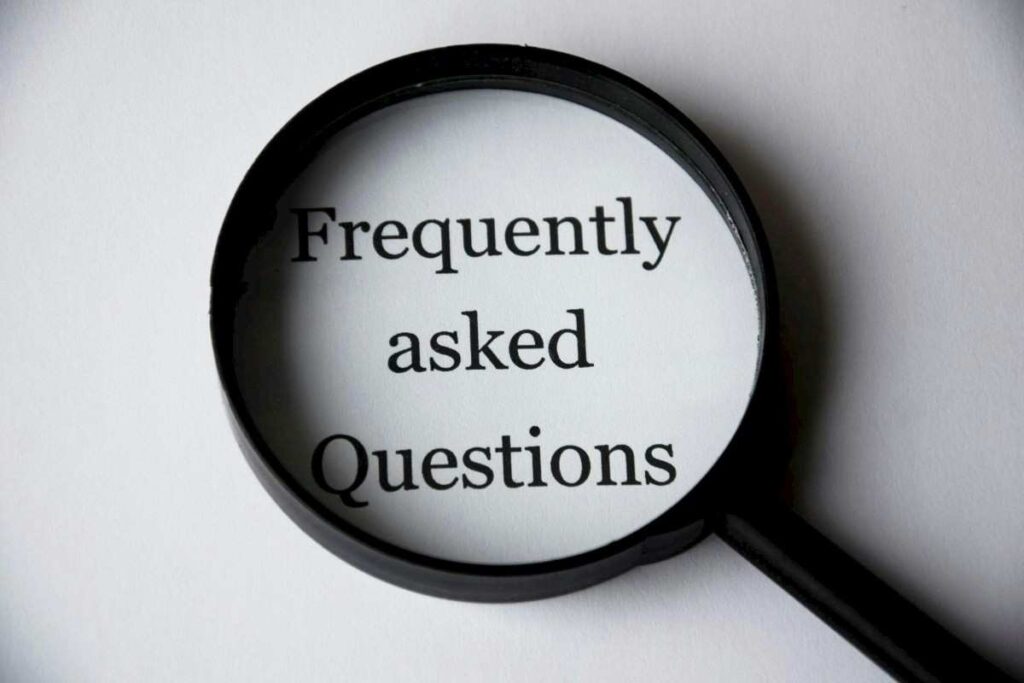
How Do I Do SEO?
Starting with SEO can seem overwhelming, but breaking it into manageable steps makes it achievable:
Steps to Perform SEO:
- Keyword Research: Use tools like Google Keyword Planner to identify keywords your audience is searching for.
- Content Creation: Write high-quality, engaging content that aligns with user intent.
- On-Page Optimization: Optimize meta tags, headers, URLs, and images. For example, include keywords in titles like “Top 10 Travel Destinations in 2024.”
- Technical SEO: Improve site speed, fix broken links, and ensure mobile responsiveness.
- Build Backlinks: Reach out to reputable sites for guest posts or collaborations.
- Track Progress: Use Google Analytics to monitor traffic, bounce rates, and conversions.
SEO is a continuous process that combines technical knowledge with creative strategies to improve rankings and drive traffic.
How Can I Find the Best SEO Service Provider?
Finding the right SEO service provider is crucial for your website’s success. Here are tips to choose the best:
What to Look For:
- Experience and Expertise: Look for a provider with a proven track record and expertise in your industry.
- Clear Strategies: A reputable agency will outline a clear plan tailored to your goals.
- Transparency: Avoid providers promising “instant results.” SEO is a long-term process.
- Portfolio: Check their previous work and client testimonials for credibility.
- Communication: They should keep you updated on progress and explain strategies in simple terms.
Example:
If you own a Shopify store, look for an agency that specializes in e-commerce SEO. They should understand technical optimizations for product pages and keyword targeting for buyers.
A good SEO service provider is a partner in your growth journey, ensuring your website achieves sustained visibility and success.
What Does an SEO Specialist Do?
An SEO specialist ensures that your website is optimized to rank higher in search engine results, attract more traffic, and convert visitors into customers.
Key Responsibilities:
- Conduct Keyword Research: Identifying high-traffic, low-competition keywords to target.
- Optimize On-Page Elements: Improving titles, meta descriptions, and content structure.
- Analyze Data: Using tools like Google Analytics to track performance and identify areas for improvement.
- Build Backlinks: Developing strategies to earn quality backlinks from authoritative sites.
- Stay Updated: Monitoring algorithm updates and industry trends to adapt strategies.
Example of Their Work:
For a local bakery, an SEO specialist might optimize the website for keywords like “best cakes near me,” ensure it appears on Google Maps, and build backlinks from local food blogs.
Hiring an SEO specialist helps website owners focus on their core business while professionals handle the complexities of optimization.
Conclusion:
Search Engine Optimization (SEO) is an ever-evolving and essential practice for any website owner looking to improve their online visibility, attract more traffic, and ultimately grow their business. While SEO strategies have transformed over the years—adapting to new technologies, trends, and search engine algorithms—the core principles remain focused on delivering high-quality, relevant content and optimizing your website for both users and search engines.